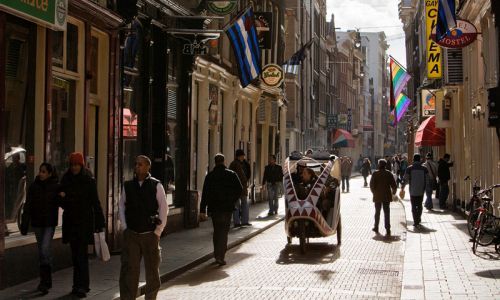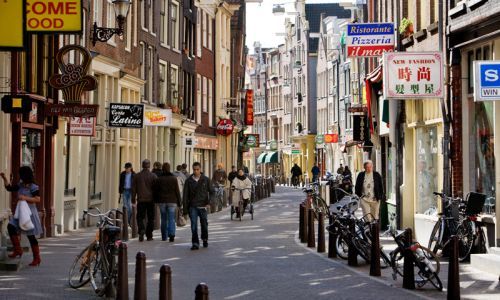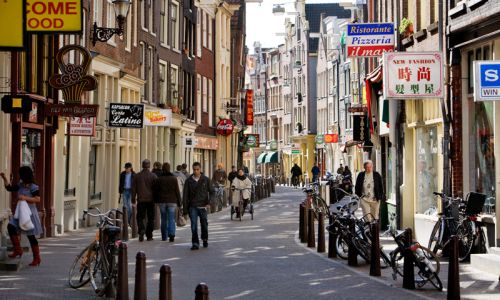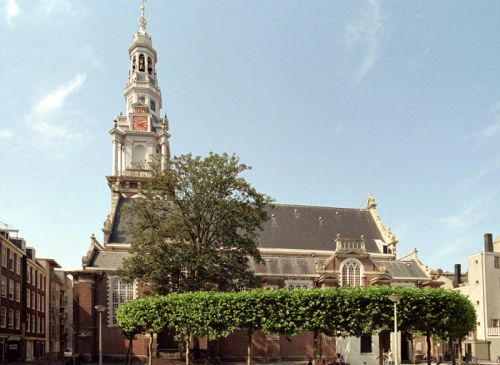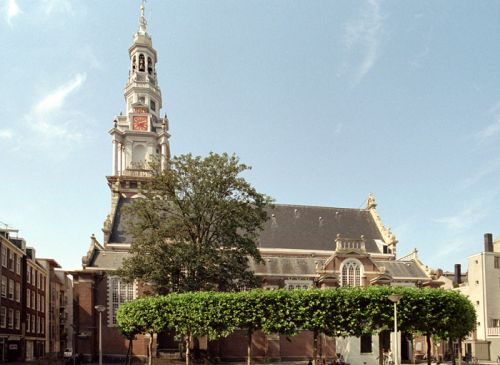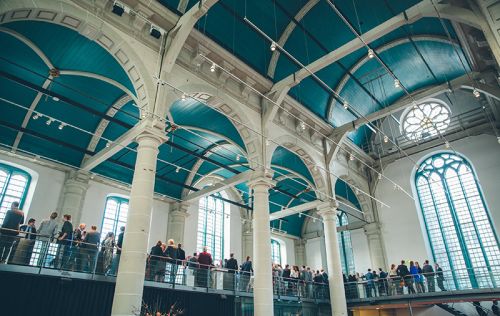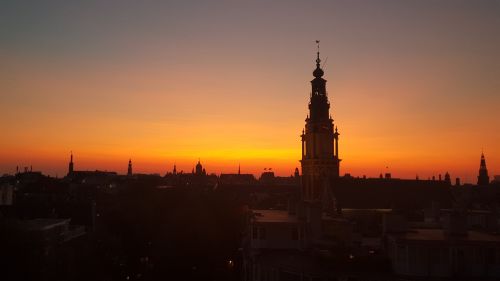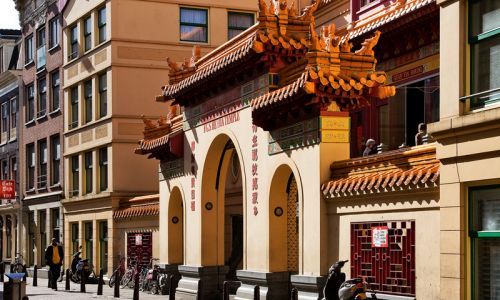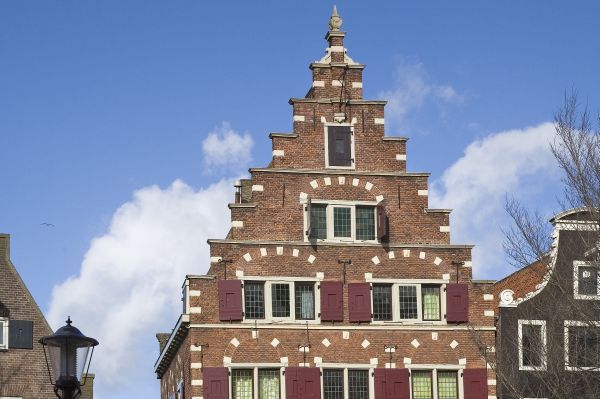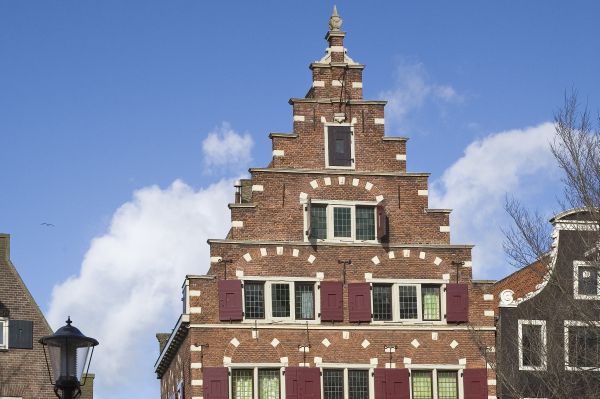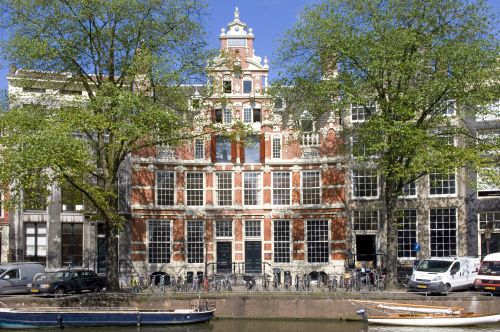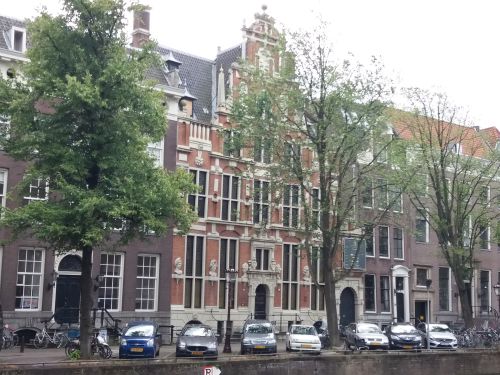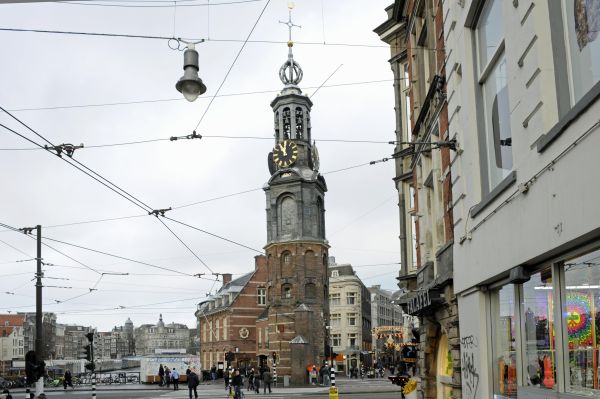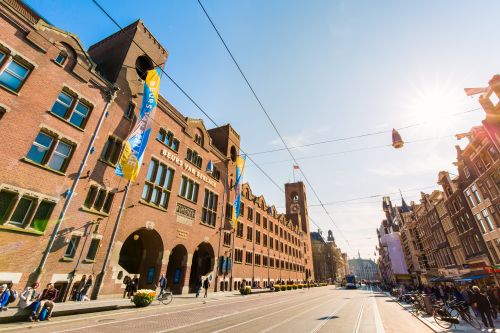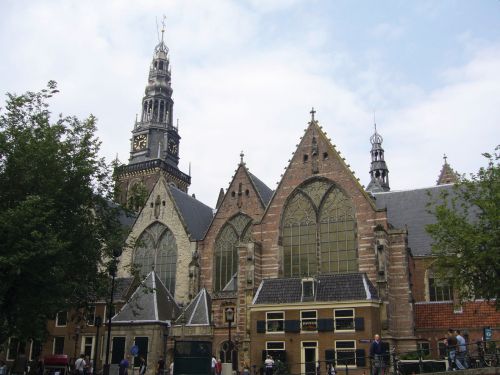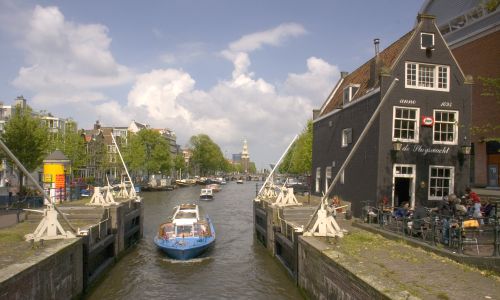Warmoesstraat
-

Warmoesstraat
-

Former Police Station Warmoesstraat
-

Warmoesstraat - De Bakkerswinkel
Warmoesstraat
The name Warmoes comes from the early Middle Ages and was a word for a kind of vegetable. It used to be a vegetable market here. The Warmoesstraat was once an aristocratic street with dignified shops. In the 18th century the street became the center of the coffee and tea trade. Nowadays you will find a wide variety of stores here. The Amsterdam gay scene is represented here with specialized shops and cafes recognizable by the rainbow flags and the blue/black striped flags.
Police station Warmoesstraat
The Warmoesstraat is also known for police station Warmoesstraat, the police station where Appie Baantjer worked and about which he has written so many books. The Dutch television serie 'Baantjer' with 12 seasons was extremely popular.
Entrepreneurs on Warmoesstraat
On Warmoesstraat you can find the Bakkerswinkel, the cozy lunchroom of couple Michel and Simone, where you can enjoy a delicious lunch, high tea or coffee with cake. Food lovers should dine at restaurant De Compagnon in the Guldehandsteeg, where Chef Bert van Buschbach and his Sara (sommelier) will amaze with his refined Burgundian cuisine.



